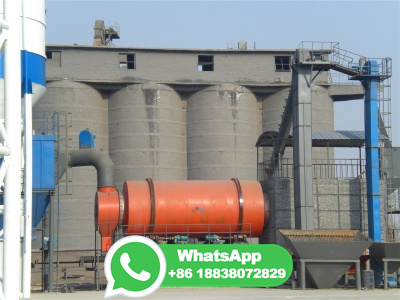Underground Coal Gasification. the Final Frontier Jstor
Underground Coal Gasification ("UCG") is a longstanding, proven process for converting coal to a synthetic gas ("syngas") with a wide range of potential end uses. Its commercial development has been restricted due to the need to match resource and end use opportunities in a supportive environment, although it is





























